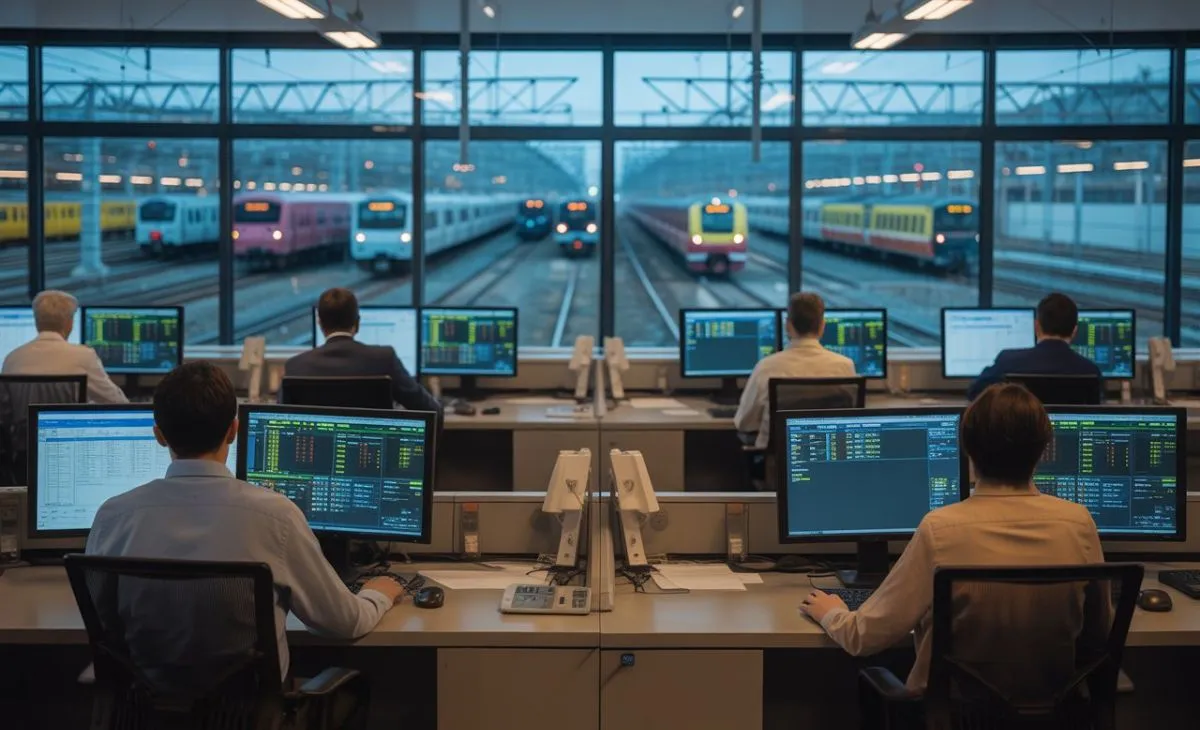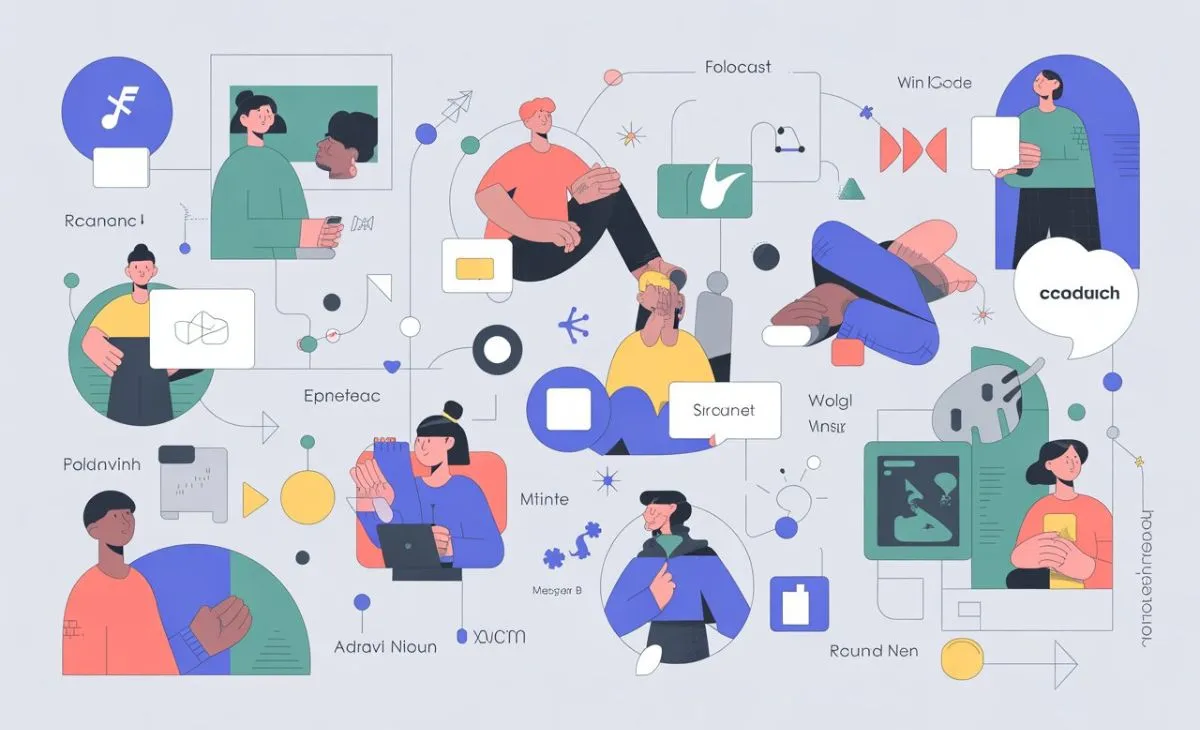Railway systems have always been a vital part of transportation and logistics across the world. They move people, goods, and industries forward — literally. But behind every smooth train journey lies a complex web of human coordination. Managing thousands of crew members, schedules, safety checks, and compliance reports is no easy task.
That’s where NS CrewCall brings a breakthrough. It’s not just a tool — it’s a transformation in how rail operations handle human resources, communication, and efficiency. In an era where speed, precision, and safety are non-negotiable, this system simplifies and modernizes the entire process of managing railway personnel.
The Hidden Complexity of Railway Crew Management
To the outside observer, trains appear to run on time as if by magic. But inside the system, there are hundreds of moving parts. Dispatchers must assign crews, verify their rest periods, ensure compliance with safety laws, and adapt when delays happen.
Traditionally, all of this was done using phone calls, paper rosters, and manual data entry. One wrong input could cause a delay worth thousands of dollars. Crews could miss calls, schedules could overlap, and compliance audits could turn into nightmares.
Before digitalization, efficiency depended heavily on human memory and manual coordination. This system was not sustainable as railways grew larger and more complex.
Introducing the Future: A Smarter System
NS CrewCall emerged as a practical, data-driven solution designed to end chaos in crew management. It centralizes all scheduling, communications, and compliance tracking into one digital platform.
Now, instead of phone chains or bulletin boards, every crew member can log into a portal or app to see their schedule, receive notifications, and confirm assignments in real-time. Managers can instantly monitor who’s available, who’s resting, and who’s en route.
The system works as a bridge between technology and human efficiency — saving time, reducing errors, and keeping operations transparent.
How It Works Behind the Scenes
The platform collects and organizes information from multiple departments — dispatching, HR, payroll, and compliance — into one secure dashboard.
Here’s how it functions daily:
- Automatic Scheduling: The system assigns crews based on qualifications, rest periods, and seniority.
- Instant Alerts: Employees receive text or email notifications for new or changed shifts.
- Digital Acknowledgment: Crews confirm their availability directly in the system, replacing outdated call lists.
- Data Integration: Hours, pay rates, and time-off details are synced automatically for accurate payroll.
In essence, the system eliminates confusion, ensures fairness, and allows everyone to stay on the same page — from the control center to the locomotive cabin.
Why Railway Operators Are Adopting Digital Systems
Railway companies today face growing pressure: faster schedules, stricter safety rules, and a shortage of skilled staff. Manual systems cannot keep up with these demands.
By adopting digital tools, rail operators gain:
- Better Workforce Utilization: Fewer idle hours, more productive time.
- Reduced Human Error: Automated scheduling minimizes double bookings.
- Improved Morale: Crews appreciate transparent, consistent scheduling.
- Regulatory Compliance: Automatic tracking of rest periods ensures safety and avoids penalties.
This shift to automation isn’t about replacing people — it’s about empowering them with better tools.
A Real-World Case Study: From Chaos to Clarity
Consider a large railway division managing more than 1,200 crew members across multiple states. Before switching to NS CrewCall, scheduling errors were frequent. Dispatchers spent hours making calls to confirm crews, and shift overlaps caused repeated delays.
After adopting the system, communication time dropped by 70%. Crews could instantly confirm assignments through their mobile app, and managers gained visibility into who was available or on rest. Compliance reports that once took days were generated in minutes.
Within six months, the company reported fewer delays, improved worker satisfaction, and smoother payroll operations.
This real-world transformation illustrates how digitalization can bring tangible benefits in a high-pressure environment.
The Human Side of Digital Crew Management
Technology is often seen as cold and mechanical, but tools like this one actually make work more humane. When crews have access to clear schedules and easy communication, stress decreases.
They no longer have to wait by the phone for assignments or worry about missed calls. Predictable rest times and transparent scheduling foster better work-life balance — something that’s vital in industries with long, irregular hours.
Ultimately, technology serves people best when it brings order and peace of mind to demanding jobs.
The Role of Data Analytics
Every trip, shift, and rest period generates data. Over time, this creates valuable insights into workforce patterns. With the help of analytics, managers can identify which shifts cause fatigue, where shortages occur, and how to optimize staffing levels.
Predictive analysis can even forecast when extra crews might be needed — for example, during storms, holidays, or maintenance periods.
This proactive planning helps rail companies stay ahead of disruptions and operate more efficiently.
Integration with Modern Systems
Another powerful advantage is how seamlessly it connects with other operational tools — HR software, payroll systems, and compliance dashboards. This eliminates redundant data entry and ensures all records stay accurate and synchronized.
Automation also helps enforce union rules and federal rest requirements automatically. The system becomes a silent partner, ensuring regulations are met without constant manual checks.
The Road Ahead for Crew Management
In the near future, platforms like NS CrewCall could evolve even further. With artificial intelligence, scheduling might become predictive — automatically balancing workloads, forecasting absenteeism, and suggesting replacements.
Voice-enabled systems may allow crew members to confirm shifts or report availability hands-free. Cloud-based data backups will make access even faster and more secure.
The vision is clear: a railway network that runs as efficiently behind the scenes as it does on the tracks.
Challenges in Digital Transition
Despite its benefits, digital transformation requires effort. Training, data migration, and culture change can take time. Some older crew members may initially resist new systems. However, once they experience fewer calls, clearer shifts, and simpler communication, adoption usually follows naturally.
The key is leadership — companies must emphasize how these systems simplify work, rather than complicate it.
Conclusion
Railways are evolving — and so must the systems that support them.
With smarter tools like NS CrewCall, companies can bring order to complexity, efficiency to operations, and transparency to communication.
The future of transportation depends not only on powerful engines and strong tracks but also on intelligent coordination behind the scenes. Crew management may not be visible to passengers, but it’s the heartbeat that keeps every train running safely and on time.
Digital systems don’t just make trains move — they make the people behind them thrive.
FAQs
Q1: What does NS CrewCall do?
It’s a digital system for scheduling, notifying, and managing railway crews efficiently.
Q2: Who uses it?
Railway crew members, dispatchers, and supervisors use it daily to manage shifts and compliance.
Q3: Does it work on mobile?
Yes, it’s fully accessible on mobile devices for real-time updates.
Q4: How does it help safety?
By enforcing rest regulations and tracking work hours, it minimizes fatigue-related risks.
Q5: Can small companies adopt it?
Absolutely — it scales easily for both regional and national railway operations.





